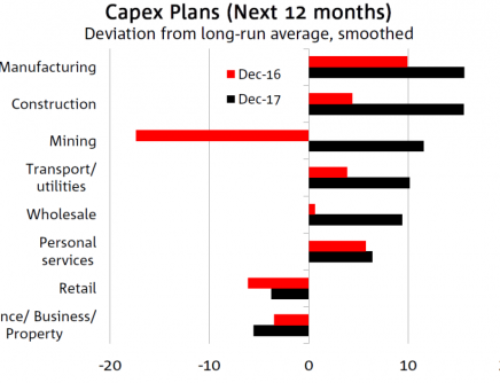Houses in cyclone-prone regions have to be built to withstand strong winds. The key to protecting against the sucking force or ‘uplift pressures’ created by cyclones, is to ensure that all the parts of the house are securely fixed together and down to the foundations.
In the worst-hit areas of Queensland, 2011’s Cyclone Yasi ripped off 20 percent of roofs fitted in the 1980s, before cyclone-resistant building measures were implemented. Only 3 percent of roofs installed afterward were lost.
There is a lot of information on how often a cyclone rod should be put into a wall and the different tie-downs for the trusses, the rafters, the batons and the roof sheeting. Tie-downs should comprise from the top to bottom, like a big seat belt.
However, there are some serious concerns recently regarding the building products and systems used in building work that doesn’t comply with the National Construction Code and related Australian Standards.
The Queensland Building and Construction Commission (QBCC) has recently found problems with the threaded rod. Threaded rods are used in the residential sector to provide tie-down to roof and wall frames particularly in high wind and cyclonic wind speed regions.
As per the AS1684 Timber Framing Code all metal straps, framing anchors, and similar structural connections require a minimum corrosion protection of Z275, or in layman’s terms, 275 grams weight of zinc coating per square meter of surface area.
In a recently published article the QBCC has found the following:
The QBCC’s research has confirmed that larger hardware chains do not commonly stock threaded rod with the required level of corrosion protection in single lengths commonly utilized by the average home builder (such as 2.7metre or 3metre lengths). In lieu of a compliant product, the majority of hardware retailers are stocking threaded rod products with very lightweight zinc plating overcoated with an organic layer, which is claimed to mitigate the effects of corrosive environments.’
The QBCC has requested evidence from resellers and importers of these alternate products regarding their suitability, in terms of corrosion resistance, of their organic-coated threaded rod products.’
‘The QBCC is yet to receive satisfactory documentation demonstrating compliance with or equivalent performance, in terms of the corrosion resistance levels stipulated in AS1684.’
‘The continued use and marketing of these coated products as “cyclone rods” or as being suitable for use in any residential timber-framed construction is misleading to consumers and building contractors alike.’
‘Building contractors need to be acutely aware of their obligations, both to their homeowner clients and to the QBCC, to ensure the materials and products being built into any residential construction complies with all relevant statutory requirements, including Australian Standards and the National Construction Code.’
(source: http://www.qbcc.qld.gov.au/blog/tradie-talk/concern-over-conformity-threaded-cyclone-rods)
The QBCC’s outlines the importance of demanding of your hardware suppliers that they stock AS1684-compliant threaded rod so that the building work is compliant and perform for the life of the building.
The AS1684-compliant rod is only suitable for normal or benign environments, not for building works in corrosive environments, such as coastal or marine areas. In these harsher environments, it would require an upgrade to the corrosion-resistance level of any threaded tie-down rods and related framing connectors and fixings to a heavier galvanized coating or a stainless steel-type product.



